NSSP Update – February 2020
Community of Practice
Workgroup and Committee Updates
This is an exciting time to be part of the NSSP Community of Practice (CoP). We invite you to participate in monthly calls, join a subcommittee, and be part of a national effort to promote syndromic surveillance (SyS) science and practice.
- 2020 Monthly Calls: This quarter’s call topics go hand-in-hand with NSSP’s strategy to integrate SyS data more fully into a comprehensive surveillance program:
- January: “Help! How do I train SyS users?”—Learn from the best! The pros describe effective ways to train new users.
- February: “Where, Oh Where, Could Travel History Be?”—NEW Discussion Topic for February!
- March: “I want to share SyS data with DoD. Well, DoD wants to share SyS data with you too!”—The U.S. Department of Defense has a wealth of syndromic data on populations who reside on military installations. Can DoD data improve your health jurisdiction’s picture of health?
Please email your suggestions or feedback about the monthly calls to syndromic@cste.org.
- NSSP CoP Core Committee: Staff from the Centers for Disease Control and Prevention (CDC) and Council of State and Territorial Epidemiologists (CSTE) reviewed the 2018 NSSP CoP Charter to streamline content, incorporate CoP best practices, and structure NSSP CoP-related group processes to comply with applicable federal rules and regulations. There’s more work to do, but progress was made in several areas:
- Re-established the NSSP CoP Steering Committee as the NSSP CoP Core Committee.
- Changed terminology: Committees will now be referred to as Subcommittees, and Subcommittees will be referred to as Workgroups.
- Formed a Knowledge Repository Curation Subcommittee
Volunteers welcome! To join, please contact syndromic@cste.org.
- Data Quality Subcommittee: Subcommittee participants reviewed methods for
- collecting SQL metadata and generating time-series graphs;
- using spatial factor analysis to review chief complaint data; and
- exploring whether RStudio Cloud could be used to automate analyses and email notifications.
Slides and call recording are available in the Knowledge Repository.
-
Technical Subcommittee: Participants convened a workgroup in December to discuss the requirements for a new, stand-alone ESSENCE Data Details Dictionary. This Dictionary could be shared with researchers, local health investigators, and anyone interested in knowing what data are available in NSSP–ESSENCE but are unfamiliar with ESSENCE data in its final form. NSSP team members will review the proposed requirements and develop a prototype document for workgroup review.
During the quarterly call in January, Wayne Loschen and Leif Powers from Johns Hopkins University Applied Physics Laboratory explained how to convert the Chief Complaint Parser from Java to SQL. This conversion improves and changes the handling of chief complaint data. Natasha Close (WA) described the latest ESSENCE features and how to use the new myESSENCE library. The Subcommittee Co-Chairs put out a call for anyone interested in leading or taking part in a Chief Complaint and Discharge Diagnosis improvement project. If interested, email syndromic@cste.org.
- Syndrome Definition Subcommittee: Subcommittee participants finalized the Disaster-related Mental Health syndrome definition. This syndrome will capture conditions most likely to increase during and after a natural or manmade disaster. The syndrome is available in ESSENCE as a CCDD category and will be posted in the Knowledge Repository.
- NSSP Community of Practice (CoP) Landing Page and Calendar:
https://https://nsspcommunityofpractice.org/
CoP overview, description of workgroups and committees, call calendar and conference lines, and links to NSSP resources - NSSP CoP Basecamp:
https://3.basecamp.com/3164497/join/MxRBAPzoNn8M
Online collaborative space for the NSSP CoP that includes call recordings, slides, and brief notes from committee meetings - Knowledge Repository (KR):
https://knowledgerepository.syndromicsurveillance.org/
Curated webinars, use cases, syndromes, stories of surveillance in action, meeting recordings, journal articles, and more
Reminder! New URL! Redirects from former URL no longer work.

ESSENCE Queries: December 2019
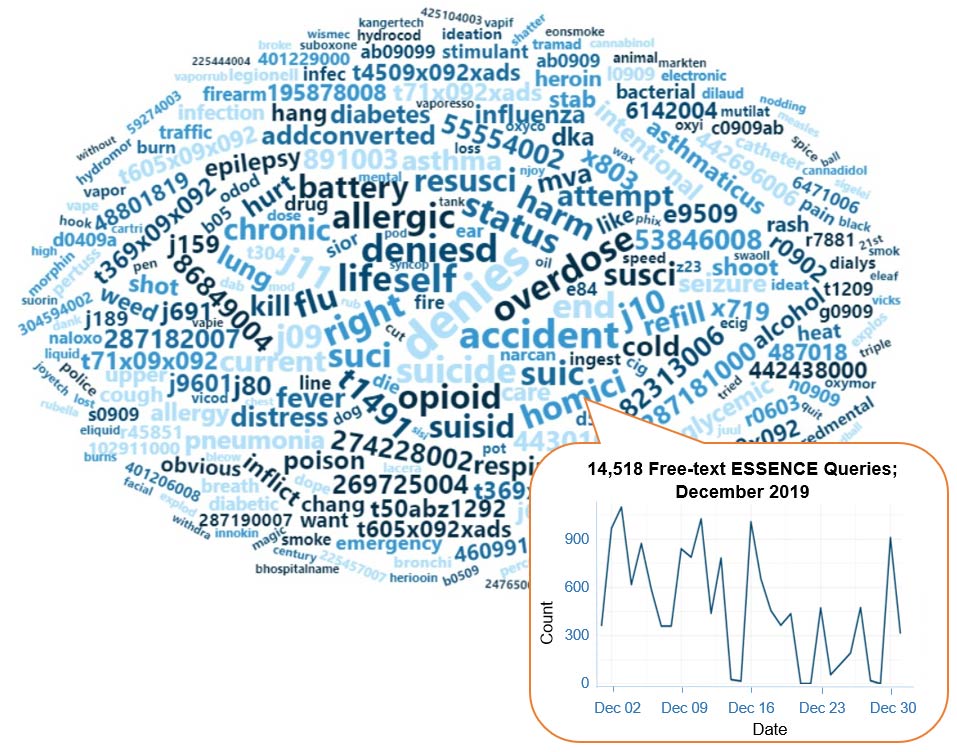
A key feature of NSSP–ESSENCE is its ability to use free-text definitions across different fields to generate custom queries. The syndromic surveillance community can use this feature to develop and refine category definitions and to identify and respond to public health events that may not be apparent in established categorical definitions (i.e., syndromes, subsyndromes, and Chief Complaint and Discharge Diagnosis [CCDD] categories).
This word cloud summarizes free-text and coded values that epidemiologists and data analysts queried in ESSENCE during December 2019. We created it by using the Wordcloud2 package in RStudio. The relative size of the terms suggests the frequency of use in a query. NSSP super administrators can query ESSENCE usage logs to learn what queries are run nationwide and how long they take to complete.
Collaborations
Epidemiologists Use ESSENCE Dashboard to Supplement Case-Finding for COVID-19
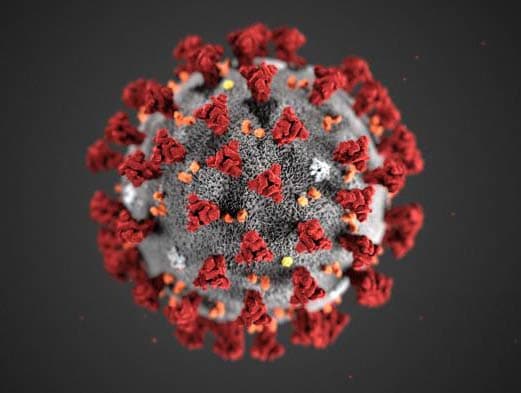
Novel Coronavirus
CDC is closely monitoring an outbreak of respiratory illness caused by a novel coronavirus (nCoV) first identified in Wuhan, Hubei Province, China. Chinese authorities identified the new coronavirus, which has resulted in thousands of confirmed cases in China, including cases outside Wuhan City.1
To monitor potential coronavirus encounters and supplement traditional case-finding activities, epidemiologist Natasha Close, Washington State Department of Health, created a dashboard in myESSENCE to visualize syndromic surveillance query results. The dashboard captures data on people who seek healthcare and mention fever or various respiratory symptoms and travel to China within the patient chief complaint, clinical impression, triage notes, or travel history. The dashboard provides an excellent starting point for other epidemiologists who want to monitor for novel coronavirus.
Close, who is an active member of the syndromic surveillance community, quickly shared her dashboard with colleagues by posting it to the myESSENCE library. NSSP–ESSENCE provides a highly collaborative space where system users can seamlessly download dashboards, queries, and other information into their own accounts without recreating work. As of January 30, 2020, at least 90 other users had downloaded Close’s dashboard.
Syndromic surveillance is an iterative process of updating free-text queries and syndrome definitions. Consequently, syndromic surveillance of an outbreak such as novel coronavirus is never really finished. To understand an emerging infectious-disease outbreak or other health threat, epidemiologists use what is known to identify the most useful syndromes to monitor or new queries to develop. Over time these data change. As an outbreak evolves and more data are collected from electronic health records, different clinical questions are raised. For example, seeing that a free-text chief complaint field includes “deny travel to China” might prompt an epidemiologist to add a negation clause or modify a query to refine search results. Given the flexibility of NSSP–ESSENCE, queries can be refined in near-real time.
Close’s use of NSSP resources and engagement of the syndromic surveillance community will lead to a richer, more robust syndrome definition that can be used to characterize this new strain of coronavirus. Aided by the dashboard, epidemiologists will have ready access to data that inform daily decision making.
1CDC National Center for Immunization and Respiratory Diseases, Division of Viral Diseases. Coronavirus: 2019 Novel Coronavirus (2019-nCoV) [Internet]. [revised 2020 Jan 26; cited 2020 Jan 30]. Available from: https://www.cdc.gov/coronavirus/2019-ncov/index.html
Collaborations Accelerate Syndromic Surveillance Practice

Collaborations between health departments and CDC programs* improve how syndromic surveillance gets done. The list of collaborations that follows, while not exhaustive, summarizes ongoing efforts to develop and improve syndrome definitions, conduct pilot tests and exercises, and improve processes to achieve public health goals more efficiently:
- Develop syndrome definition for pregnancy, delivery, and miscarriage.
- Collaborator: CDC’s Maternal and Infant Health/Maternal and Infant Health Branch
- THE SYNDROME DEFINITION IS COMPLETE! NSSP will inform the community when this definition is available for use and has been added to the Knowledge Repository.
- Develop syndrome definition for injecting drug users and endocarditis (infection of inner lining of heart chamber and valves).
- Collaborator: CDC’s National Center for Emerging and Zoonotic Infectious Diseases, Epidemiology Research and Innovations Branch
- Develop syndrome definition for motor vehicle collision syndrome.
- Collaborator: CDC’s Division of Unintentional Injury Prevention and the Transportation Safety Team
- THE SYNDROME DEFINITION IS COMPLETE! NSSP will inform the community when this definition is available for use and has been added to the Knowledge Repository.

- Develop syndrome definition for child abuse and neglect.
- Collaborator: CDC’s Division of Violence Prevention
- THE SYNDROME DEFINITION IS COMPLETE! NSSP will inform the community when this definition is available for use and has been added to the Knowledge Repository.
- Develop syndrome definition for child sexual abuse.
- Collaborator: CDC’s Division of Violence Prevention
- Develop syndrome definition for teen dating violence.
- Collaborator: CDC’s Division of Violence Prevention
- Develop syndrome definition for homeless populations.
- Collaborator: CDC’s Division of Violence Prevention
- THE SYNDROME DEFINITION IS COMPLETE! NSSP will inform the community when this definition is available for use and has been added to the Knowledge Repository.
- Develop syndrome definition for animal bites.
- Collaborator: CDC’s National Center for Environmental Health
- Develop syndrome definition for synthetic marijuana.
- Collaborator: CDC’s Opioid and Overdose Team
- Develop strategies to capture radiation exposures following a radiation disaster and examine whether syndromic surveillance can use poison control center data to supplement existing radiation exposure surveillance.
- Collaborator: CDC’s National Center for Environmental Health
- Assess whether snake bites increase after natural disasters and if data from NSSP and poison control centers can be incorporated to analyze snake bite incidence pre- and post-disaster.
- Collaborator: CDC’s National Center for Environmental Health
*The priorities driving these projects may change. Content is updated monthly to keep current with agency and program changes.
Technical Updates
NSSP Adds New Quick Start Guides to Technical Resource Center

Quick Start Guide to Using the AMC Data Access Rules—A feature of NSSP’s BioSense Platform is its ability to facilitate data sharing. This involves setting constraints that protect data you don’t want to share while allowing access to data that will help others improve their picture of health. This guide explains how you create the rules for granting access to program staff at CDC, others at your site, or analysts and epidemiologists who work at other sites. Learn how to create, modify, suspend, and delete rules. The guide includes examples that show how rules typically govern data being shared.
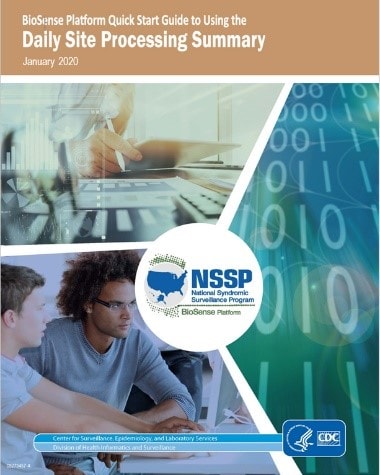
BioSense Platform Quick Start Guide to Using the Daily Site Processing Summary—The BioSense Platform’s Daily Site Processing Summary is an email that NSSP sends to site administrators to identify potential data processing issues. This guide will help you interpret the Summary and understand how data are being processed. Topics include overall site processing (filtered and exceptions records, data flow backlog metrics); daily facility alerts; and information on active facilities, facilities pending activation, and feed and facility volume anomalies.
NSSP Replaces Data Quality Report with Tools YOU Control!
At the end of January, we retired the automated data quality (DQ) Excel report being added to site SFTP folders each month. In its place, we are pleased to announce that each site now has two resources for assessing data quality and reporting on timeliness, completeness, and validity:
- Data Quality On Demand (DQ OD) SAS code—Accessible via the Access & Management Center’s (AMC) link to SAS Studio, this code generates the same metrics and output reports as the automated monthly DQ reports. SAS Studio users can access and generate DQ metrics with customized time frames and output only the reports needed. (A user manual will be added to the Technical Resource Center soon.) To access SAS Studio, contact your site administrator.
- Data Quality (DQ) Dashboard—Accessible via the AMC, the dashboard provides similar metrics for the last 3 months of your site’s data.
NSSP’s site inspectors are available to help interpret the reports. If you need help running the reports, encounter errors, or need to produce metrics that span multiple years, please contact the NSSP Service Desk.
NSSP Makes Improvement to Service Desk
Previously, if an NSSP Service Desk agent needed to attach a file to the response, the agent had to use the NSSP email account. Agents can now include attachments with the tickets, streamlining the process for agents and requestors alike.
Current Month and Upcoming Events
| February 2 | Last day of maintenance on DataMart SQL database |
| February 18 | Vendor patches in testing and development environments: 6:00–10:00 AM ET |
| February 20 | Vendor patches in onboarding and production environments: 6:00–10:00 AM ET |
Last Month’s Technical Assistance
| January 15 | Deployed off-cycle security patches in onboarding and production environments |
| January 21 | Deployed vendor patches in onboarding and production environments |
| January 23 | Deployed vendor patches in testing and development environments |
| January 29 | Began maintenance of DataMart SQL database |
Participation: The map below shows participation in NSSP as of March 31, 2020, with 59 sites (47 states and the District of Columbia).
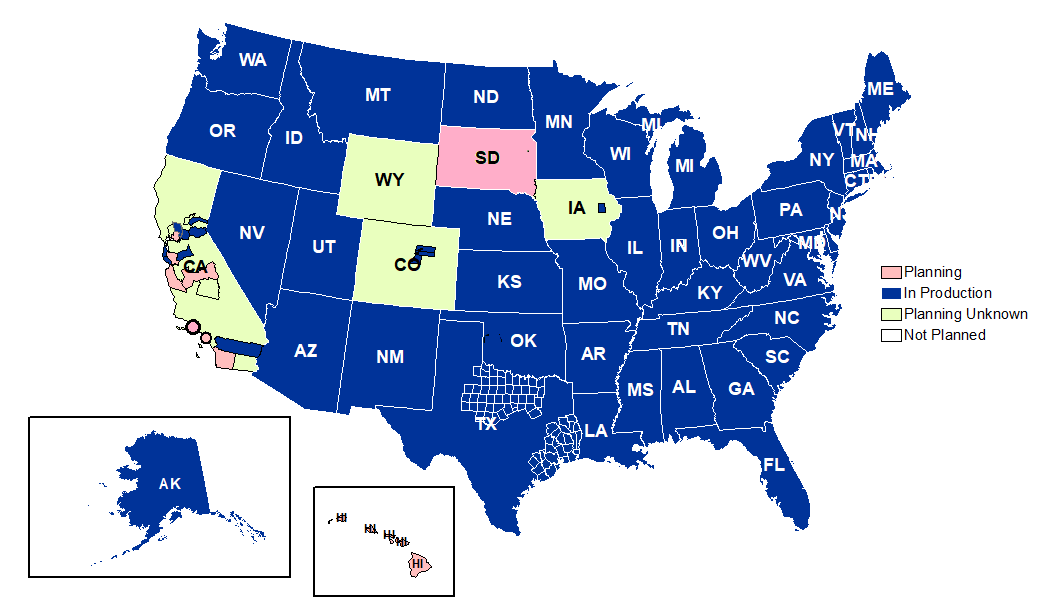
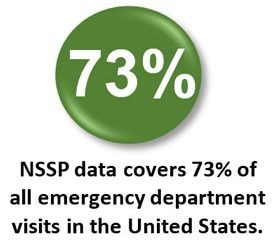
Definitions: NSSP consolidates facilities that provide data under a single data administrative authority called a site administrator. These facilities and single-site administrator constitute a site.
Coverage: NSSP publishes data for emergency department (ED) visit coverage each quarter. As of March 31, 2020, data from EDs covered about 73% of all ED visits in the country. There were 5,041 facilities, including 3,310 EDs from 59 sites (47 states and the District of Columbia), actively contributing data to the NSSP BioSense Platform. The calculation method is described in the December 2018 issue of NSSP Update.


